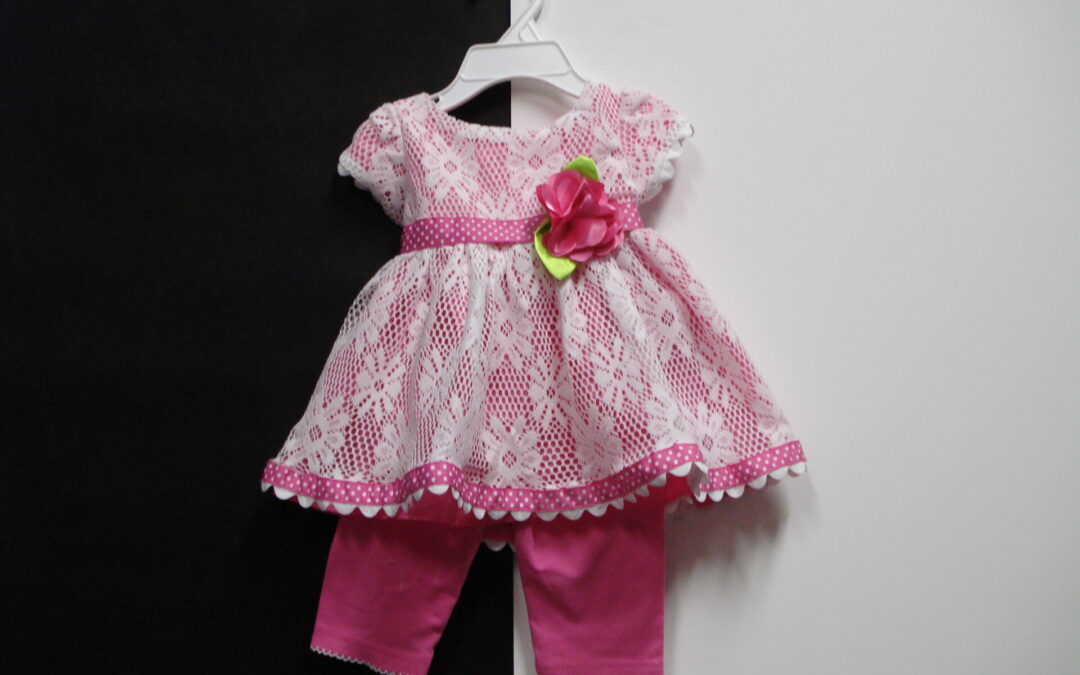First we’ll look at black & white thinking, the simplest and easiest Child Brain Habit to defuse. It prompts you to automatically sort all you see, hear and feel into polarities: black or white, right or wrong, loving or rejecting, trustworthy or unreliable, bad or good, okay or not okay, etc. As you follow this discussion, you’ll notice that this habit operates in different directions, when people use it for themselves and when it impacts how they relate to others. .
Let’s look at the example of three-year-old “Sherry,”* who was brought in for counseling after she had tried to throw herself out of the family’s moving car three times. Sherry’s parents had divorced six months earlier and claimed to get along pretty well. However, Sherry felt that she had to choose between them, and that was devastating for her. Relying on her black & white approach, she felt pressed to decide which parent was good and which one was bad. It seemed that no amount of reassurance could help her understand that she didn’t have to choose. I struggled with how I could reach her three-year-old mind to guide her out of this black-and-white trap.
Sherry always came dressed in pink and said it was her very favorite color. I asked her if she would change her mind and stop loving pink if her mom, dad or some of their friends didn’t like pink. Thoughtfully, she shook her head “no” as she considered this. I said the same goes for her feeling about each of her parents; she can love both of them, even if someone else doesn’t. She was able to use this pink bridge to overcome, at least for this problem, her habit of seeing things in black & white with no other options.
This polarized way of sorting experience can prevail throughout your life. But once your brain matures, you’re capable of managing this tendency on your own. Your Adult must monitor for this habit along with the other triggers for fight-or-flight. You wouldn’t flee by jumping out into traffic, but even in less disturbing situations than Sherry’s, black & white thinking can leave you distressed.
Note how this either-or view can intensify each of the first three Toxic Beliefs: Belief #1, If I don’t have x’s approval, I’ll be devastated. Belief #2, If I don’t get this (promotion, recognition) I’m a failure. Belief #3, If I don’t get this done, I’m bad (irresponsible, selfish, careless) and I deserve to have people blame and punish me. The habit affects how you believe others see you and how you see yourself. You’ll also tend to apply it when you see another person make a mistake and judge her same way you judge yourself, or worse.
The Child in the person you judge or your own Child might trigger fight-or-flight by thinking, that’s unfair, I can’t take this, or similar phrases and leave one of you very upset. Sherry felt that if she had to find one of her parents bad, selfish, weak or uncaring it was unbearable and she sought flight. Her black & white thinking intensified how she interpreted her toxic beliefs and it can do that with yours as well. Once your Adult can recognize a brain habit’s influence, it can reduce its impact, making your toxic beliefs more open to revision.
When you recognize that someone else may be caught up in black & white thinking, your Adult can avoid joining them. If it’s one of your friends, you may be able to invite them to take a break and cool off before they continue the conversation. This is an easy habit to shut down. Just remind them of some exceptions that illustrate the gray areas. For example, if someone says, “I just don’t trust him,” suggest that they might be able to trust him to be on time, or pay his bill at lunch, even if he is less than discreet. Help him see that trust isn’t an either-or condition; it’s multi-faceted. The same goes for any other polarized view.
You must avoid feeling stupid (as opposed to wise) when you see that you’ve backed yourself, or someone else, into a corner with this inherited way of thinking. It’s not your fault that once upon a time our ancestors needed to react this way to survive. They may not have had the time to consider any other options. Your Adult can begin to find and use Wise Parent reminder phrases to help you cut through a brain habit’s influence: There’s no immediate threat, I can take my time to check out my options: There’s no tiger in sight, I can wait and think about this. And a brief word for your Child, like, We’re safe, no worries.
*All names in these post stories are fictional.

